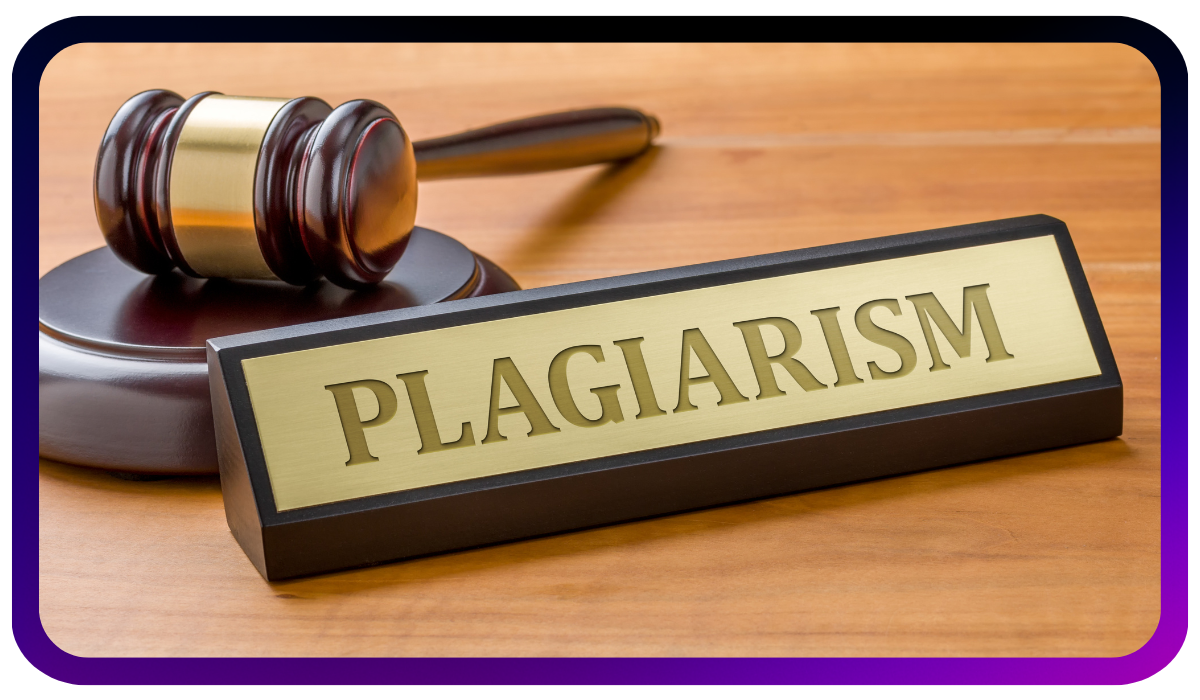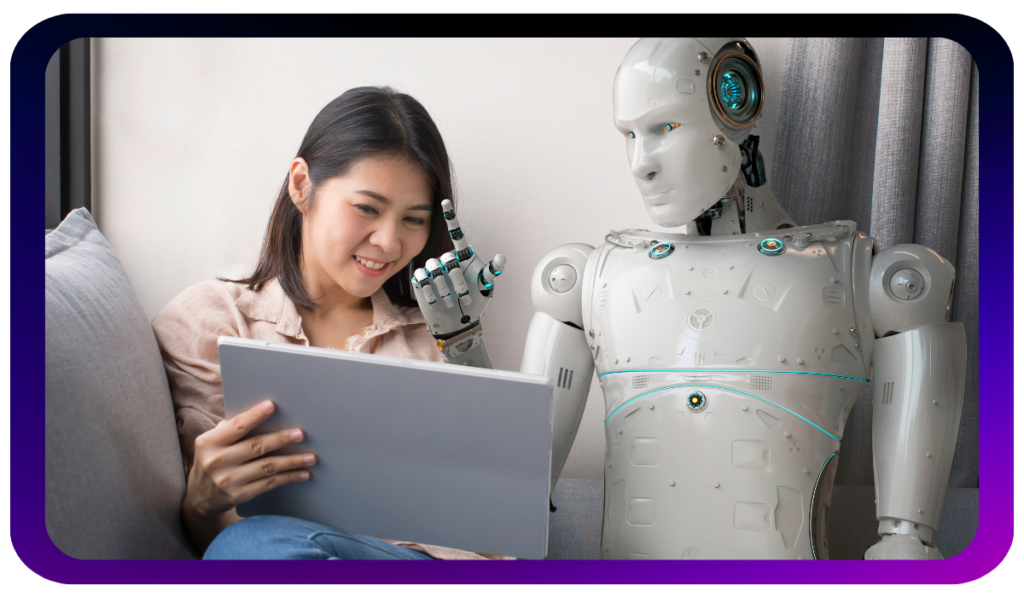Mosaic plagiarism happens when a writer takes bits and pieces from someone else’s work—like certain phrases, sentence structure, or core ideas—without giving credit. It’s not as obvious as straight-up copying, which is what makes it so sneaky. Maybe a few words are changed, a sentence is rearranged, or synonyms are swapped in, but the overall meaning and tone stay pretty much the same.
That’s why it’s tricky—it looks original at first glance. But if the source isn’t cited, it’s still plagiarism. And in academic or professional settings, that kind of thing can really hurt your credibility and reputation. It’s always better to be safe, give credit, and keep your work clean and honest.
How Mosaic Plagiarism Differs from Other Types of Plagiarism
Plagiarism comes in many forms, and each type has its own red flags. Here’s how mosaic plagiarism differs from the rest:
- Direct plagiarism: This is the most obvious kind—copying someone else’s words exactly, without any changes or credit.
- Self-plagiarism: This happens when you reuse your own previously submitted work without letting anyone know it’s not new.
- Paraphrasing plagiarism: In this case, the writer changes some words but keeps the original sentence structure and skips the citation.
- Mosaic plagiarism: This one’s sneakier. It mixes original writing with heavily paraphrased content pulled from different sources. Even though it’s not copied word-for-word, the structure and ideas are borrowed, and without proper citations, it’s still plagiarism.
Real-World Examples of Mosaic Plagiarism
Example of Mosaic Plagiarism in Academic Writing
Picture this: a student is working on a term paper. They read several scholarly articles to gather information, then begin writing their own draft. They change a few words here and there, maybe rearrange some sentences—but they don’t cite any of the sources they used.
Why that’s still plagiarism: Even with different wording, the structure and core ideas are still drawn directly from the original articles. Not giving credit, it gives the impression that those insights are the student’s own—and that’s where the issue lies.
Original Source: “Climate change is exacerbated by increased greenhouse gas emissions primarily due to industrial activities and deforestation.”
Student’s Version: “Rising greenhouse gas levels, mainly caused by industrial development and tree removal, intensify the problem of climate change.”
The words may be altered, but the meaning, structure, and flow are almost identical. That means a citation is absolutely necessary.
Here’s the bottom line: Even if you’re not copying word-for-word, using someone else’s ideas or structure without credit is still plagiarism. It’s not just about following rules—it’s about being honest in your work.
Example of Mosaic Plagiarism in Journalism & Content Writing
Imagine a journalist covering a story that was originally reported by another outlet. Instead of quoting or crediting the source, they rewrite the article using different words—but stick closely to the same narrative.
Why that’s a problem: Journalism relies on trust, originality, and transparency. Rephrasing another reporter’s work without giving credit undermines credibility and crosses ethical boundaries.
Original Source: “The city council passed the new housing ordinance after a heated three-hour debate on Tuesday night.”
Rewritten Version: “After a tense discussion lasting three hours on Tuesday, the city council gave approval to the revised housing law.”
Yes, the wording is changed, but the timeline, details, and message are nearly the same. That’s why it still requires proper citation.
How Mosaic Plagiarism Can Happen Without Realizing It
Many writers slip into mosaic plagiarism without even realizing it. It often happens when:
- They try to paraphrase but stick too closely to the original wording
Maybe they change a few words or swap in some synonyms, but the sentence still mirrors the original too closely. - They’re not quite sure how to properly rephrase the content
Paraphrasing isn’t just about changing words—it’s about understanding the idea and expressing it in your own voice. - They summarize ideas without changing the structure or including a citation
Even if you’re shortening the content, keeping the original flow and message without credit still counts as plagiarism. - They think changing the format makes it original
Rearranging bullet points or switching passive voice to active voice doesn’t make the content your own if the core ideas are still borrowed. - They rely too much on the source material without adding original thought
When writing leans heavily on paraphrased content without your own analysis or insight, it risks becoming mosaic plagiarism.
Consequences of Mosaic Plagiarism
Academic Consequences of Plagiarism

In schools and universities, academic integrity is a big deal—and mosaic plagiarism can have serious consequences, even if it wasn’t intentional.
Here’s what could happen:
- Failing grades: If a paper includes any form of plagiarism, it could get an automatic zero.
- Academic probation or worse: Repeated offenses can lead to disciplinary actions like probation—or even expulsion.
- Caught by software: Tools like Turnitin don’t just catch copied text. They’re smart enough to flag paraphrased or structurally similar content, too.
Professional & Legal Consequences
Outside the classroom, mosaic plagiarism can do even more damage:
- Reputation at risk: For journalists, writers, or researchers, being caught plagiarizing—even subtly—can destroy credibility and erode trust with readers.
- Legal trouble: Paraphrased content without proper citation can still violate copyright laws.
- SEO setbacks: For businesses, using duplicated or lightly rewritten content can trigger penalties from search engines, which hurts visibility and rankings.
The takeaway? Whether you’re a student or a professional, originality and proper attribution matter. It’s not just about avoiding punishment—it’s about building trust and doing the right thing.
How to Avoid Mosaic Plagiarism in Writing
Proper Paraphrasing Techniques
Paraphrasing isn’t just about swapping out words—it’s about fully understanding the original idea and expressing it in your own way. Here’s how to do it right:
- Get the source: Before you try to rephrase anything, make sure you truly understand what the original is saying.
- Put it in your own voice: Don’t just change a few words—rebuild the sentence using your own language and structure.
- Skip the patchwriting: Mixing parts of the original with your own wording isn’t enough. That’s still too close to copying.
- Double-check your draft: Compare your version to the source. If it feels too similar, you either need to rewrite it more thoroughly or give proper credit.
Good paraphrasing shows you understand the material and keeps you on the right side of academic and professional integrity.
Importance of Citations & How to Use Them Correctly
Citing your sources is key to staying transparent and building trust with your readers.
- Always cite paraphrased content: Even if you’ve changed the wording, the idea still comes from someone else—so give them credit.
- Use the right citation style: Whether it’s APA, MLA, or Chicago, stick to the format that fits your field or assignment.
- Keep a reference list: Track every source you use while researching so you can easily include them in your final draft.
Plagiarism Detection Tools & How They Help
Digital tools can make it easier to stay original and error-free:
- Turnitin: Widely used in schools and universities, it checks your work against a massive database of academic papers, websites, and publications.
- Grammarly: In addition to grammar and writing help, it includes a plagiarism checker that scans web content in real time.
- Originality.ai: Especially useful for online content creators, it can flag AI-generated writing and closely paraphrased material.
How AI Humanizers Help Writers Avoid Mosaic Plagiarism

Improving Content Originality with AI Assistance
AI can be a huge time-saver when it comes to creating content, but it also runs the risk of accidentally producing mosaic plagiarism if it sticks too closely to the original sources. That’s where tools like Walter Writes AI really come in handy.
Walter Writes AI helps writers by checking sentence patterns and making sure your content is truly original. It goes a step further by improving clarity and tone, so your writing sounds more natural—and a lot less robotic.
Editing & Refining AI-Generated Content for Better Citations
In addition to rewriting, Walter Writes AI helps with citations by:
- Suggesting when and where to cite external sources.
- Highlighting text that may resemble existing content too closely.
- It offers rephrasing options that break away from the original sentence structure.
Writers who use Walter Writes AI benefit from both originality and improved readability, aligning their work with academic and professional standards.
Conclusion – Writing with Integrity & Avoiding Mosaic Plagiarism
Mosaic plagiarism might not feel as serious as copy-pasting entire paragraphs, but it’s just as risky. Changing a few words or rephrasing a sentence without crediting the original source can still mislead your audience—and over time, that can chip away at your credibility.
The truth is, even unintentional plagiarism has consequences. Whether you’re writing academically, professionally, or creatively, integrity matters. That’s why it’s so important to slow down, understand what you’re referencing, and put it into your own words thoughtfully. When you’re drawing from other people’s ideas, always give credit where it’s due.
One of the best ways to stay on track? Use tools like Walter Writes AI to help you paraphrase properly, check for originality, and manage citations with ease. It’s a simple way to stay compliant with editorial standards and, more importantly, stay honest in your work.
Final Tip: Always lead with originality. If you’re ever unsure, it’s safer—and more respectful—to cite your source. Plagiarism isn’t just about rules; it’s about trust. With Walter Writes AI by your side, you can confidently create content that’s clear, ethical, and truly your own.









